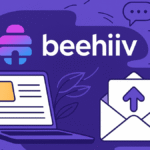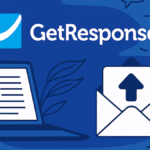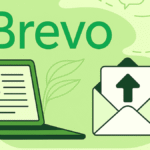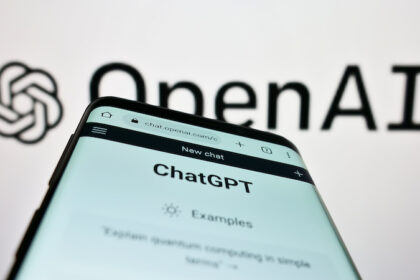In 2016, Facebook launched a secret project to decrypt data traffic between users of the Snapchat app and its own servers. This is according to recently revealed court documents.
“Project Ghostbusters”: This was the name Facebook gave to a secret project in 2016 to intercept and decrypt data traffic between users of the Snapchat app and its own servers. This is according to recently revealed court documents. The project title is a reference to the Snapchat logo.
Documents reveal: Facebook spied on Snapchat users
On March 26, 2024, a federal court in California published new documents related to a class action lawsuit filed by consumers against Facebook parent company Meta. They reveal that the company attempted to gain a competitive advantage over its rivals. Among them: Snapchat, Amazon and YouTube.
Facebook wanted to analyze how its users interact with other platforms. The company even developed a special technology to bypass the encryption of other apps. According to the court documents, the project was called “Project Ghostbusters” in reference to the Snapchat app’s ghost logo.
The plaintiffs’ lawyers wrote in the document that Facebook used a technique to “intercept and decrypt” the encrypted app traffic of Snapchat users. The technology was later also used to spy on YouTube and Amazon users.
Meta boss Mark Zuckerberg personally commissions project
In an email dated June 9, 2016, which emerges from the court documents, Meta CEO Mark Zuckerberg wrote: “Whenever someone asks a question about Snapchat, the answer is usually that we don’t have analytics on Snapchat because the traffic is encrypted.” It goes on to say:
Considering the fact that they are growing so fast, it seems important to find a new way to get reliable analytics on them. Maybe we need to make panels or write our own software. They should figure out how to do that.
Facebook then deployed the VPN service Onavo, which the company had acquired in 2013. On Zuckerberg’s instructions, the Onavo team developed so-called kits that could be installed on iOS and Android devices and intercept the data traffic of certain subdomains.
Using Onava, the company was then able to read all network traffic from devices before it was encrypted and sent over the internet. According to the documents, Facebook first spied on Snapchat users and then extended the project to Amazon and YouTube.










